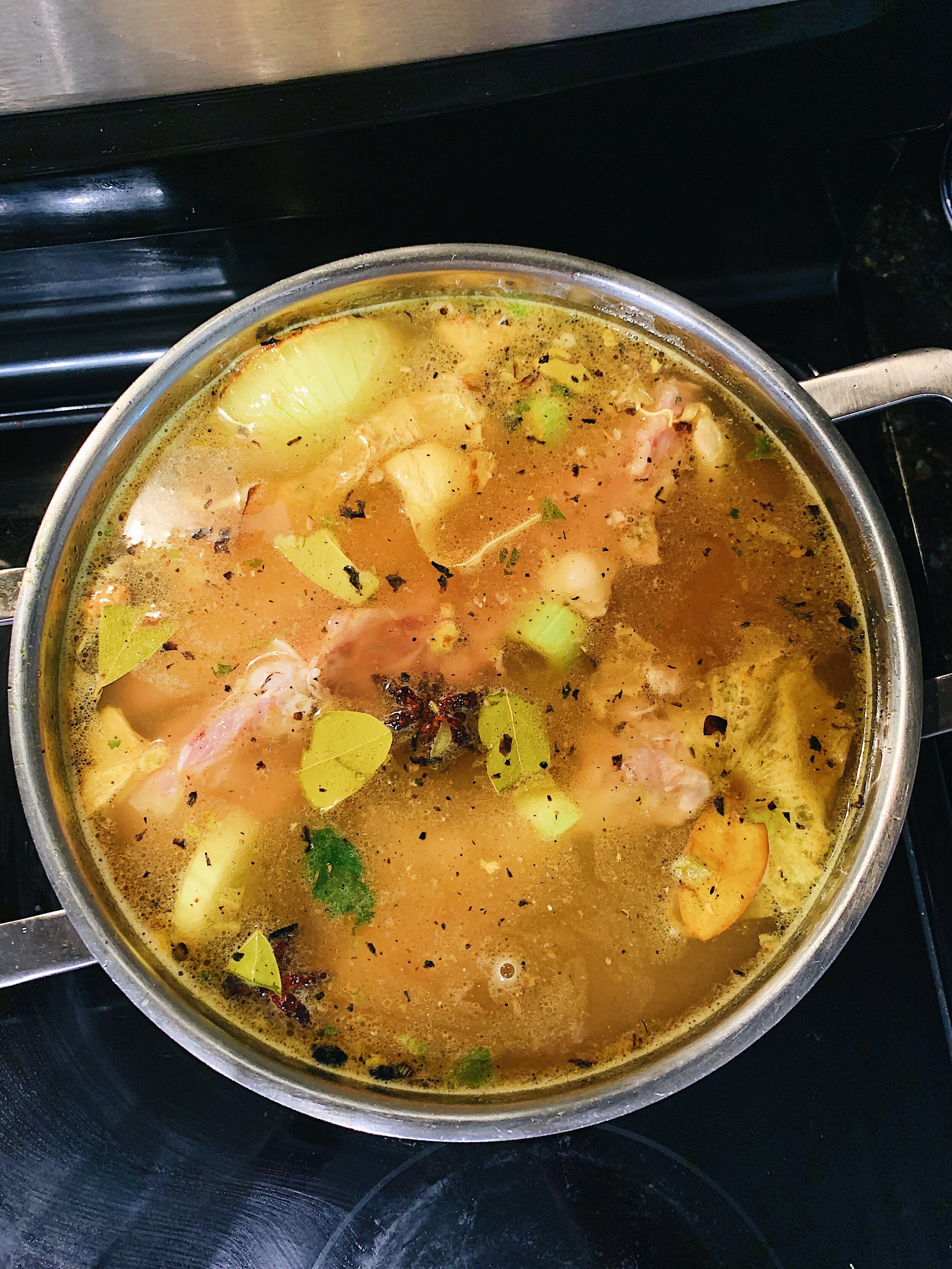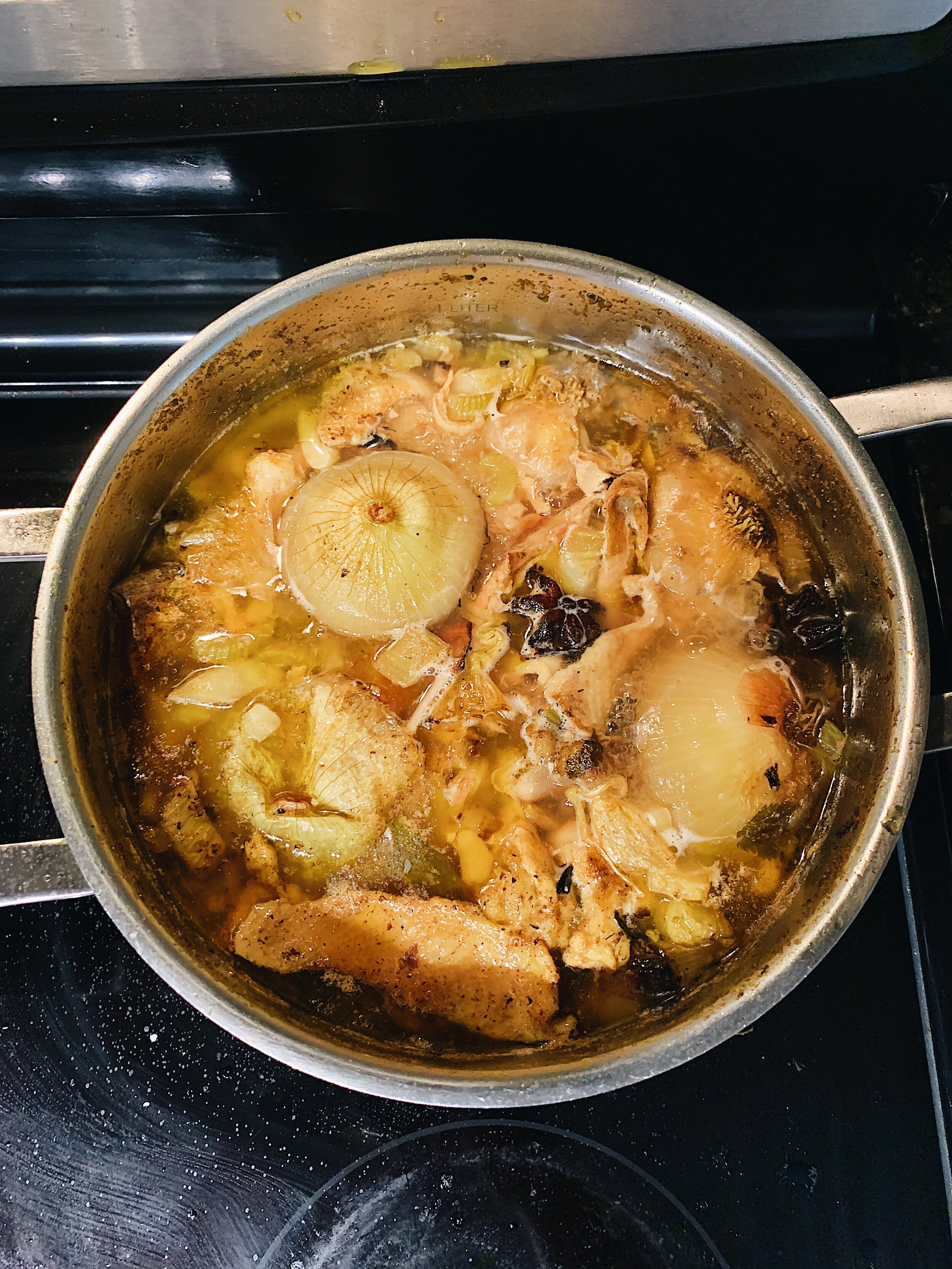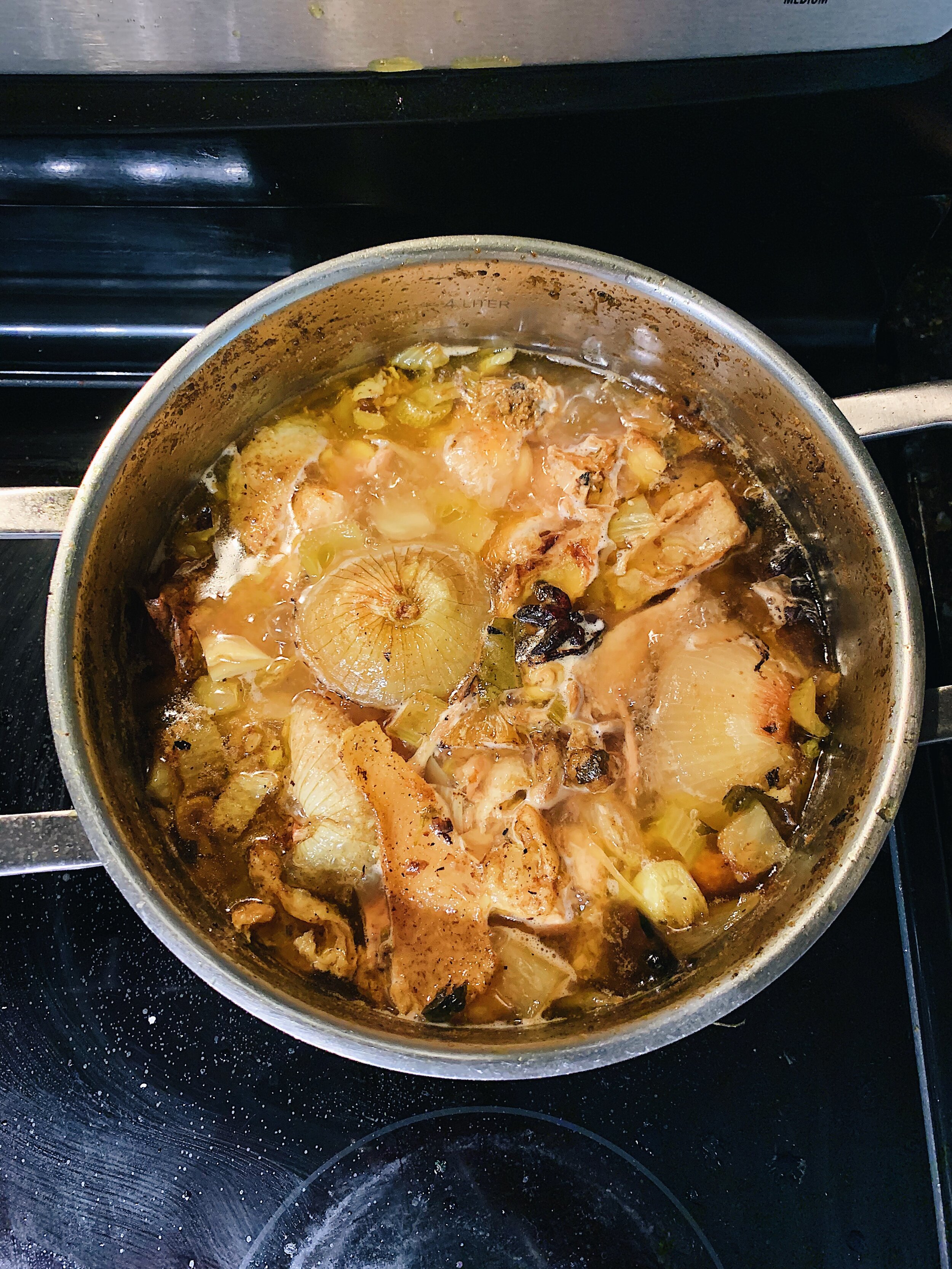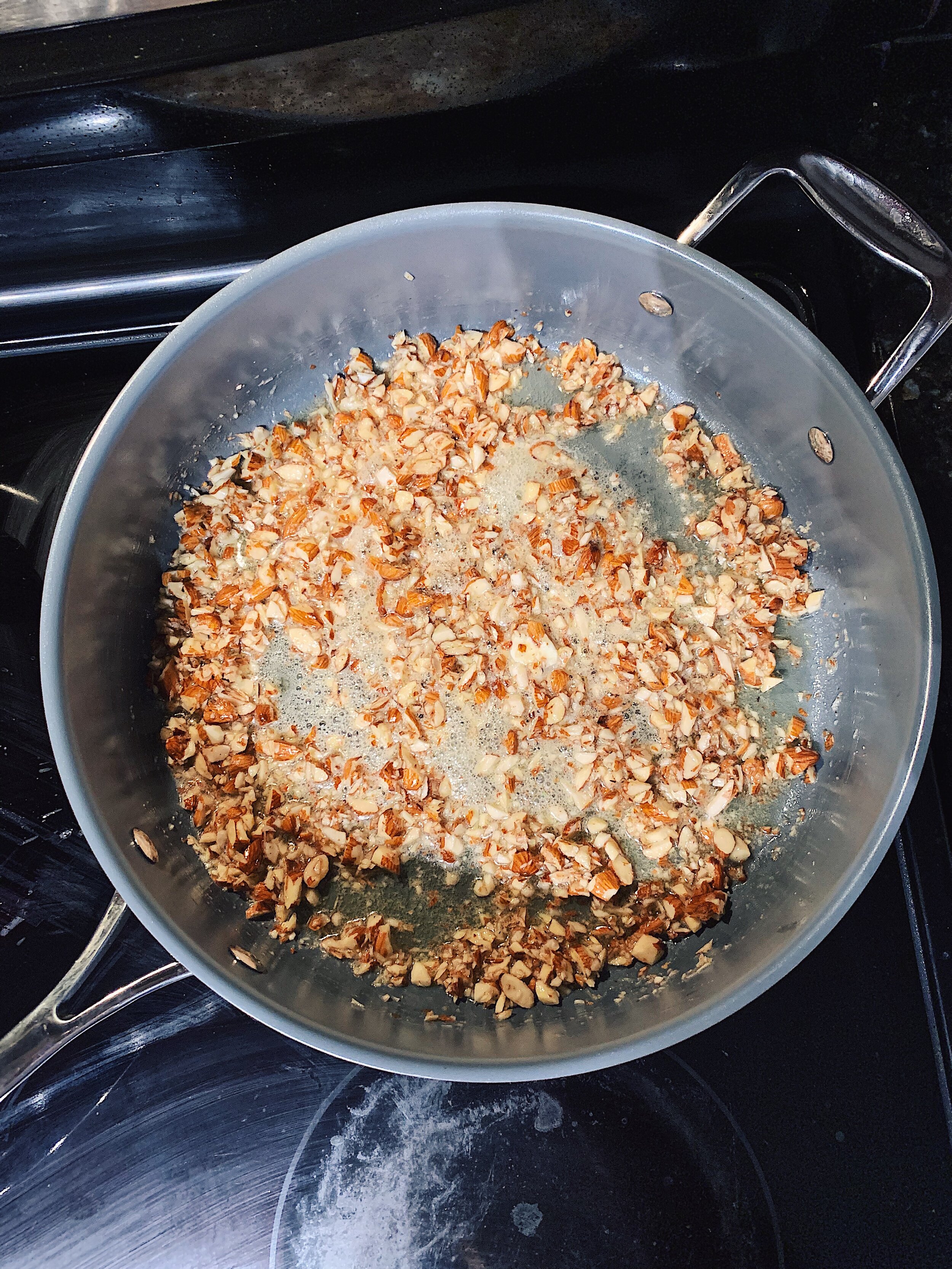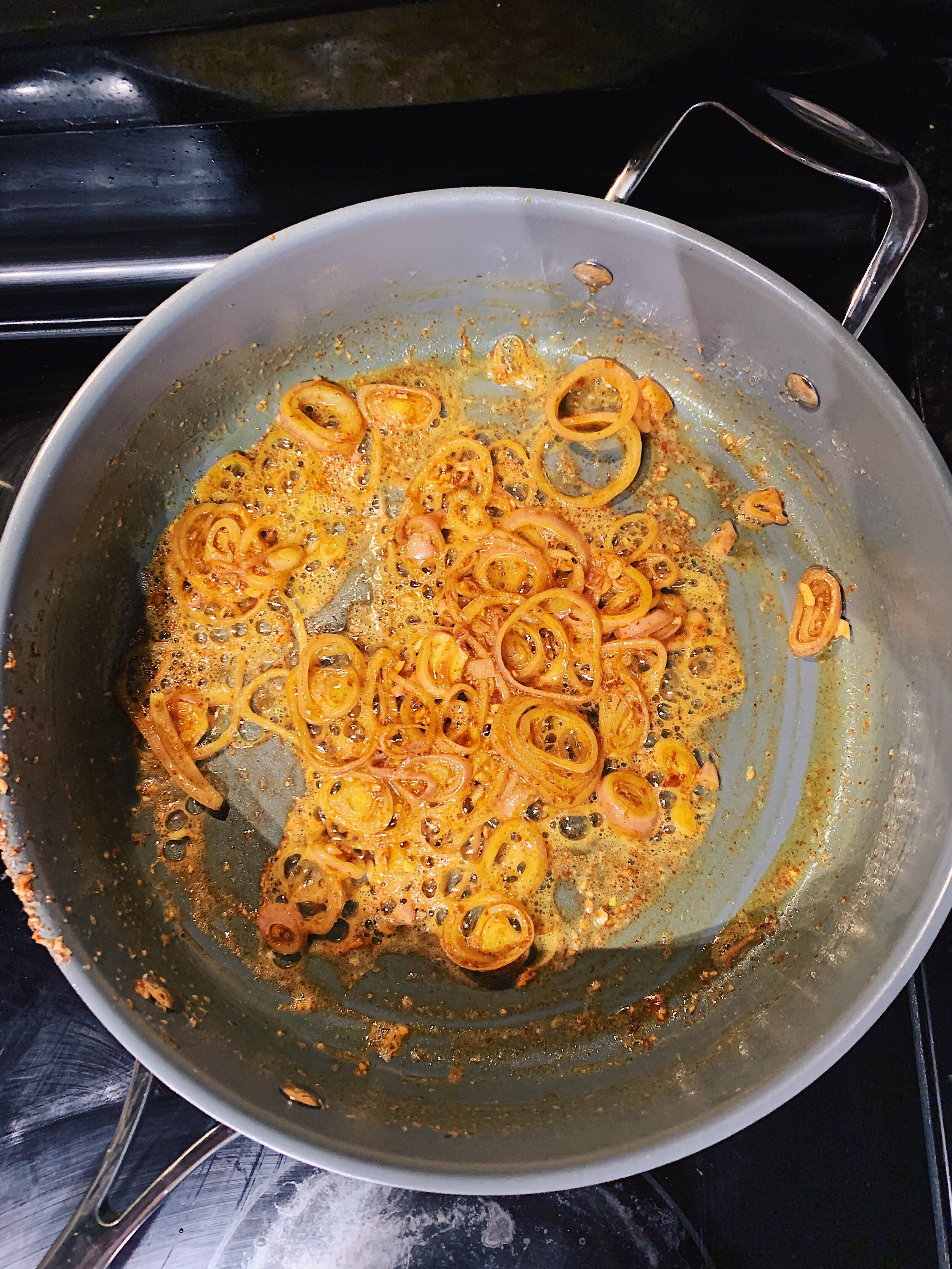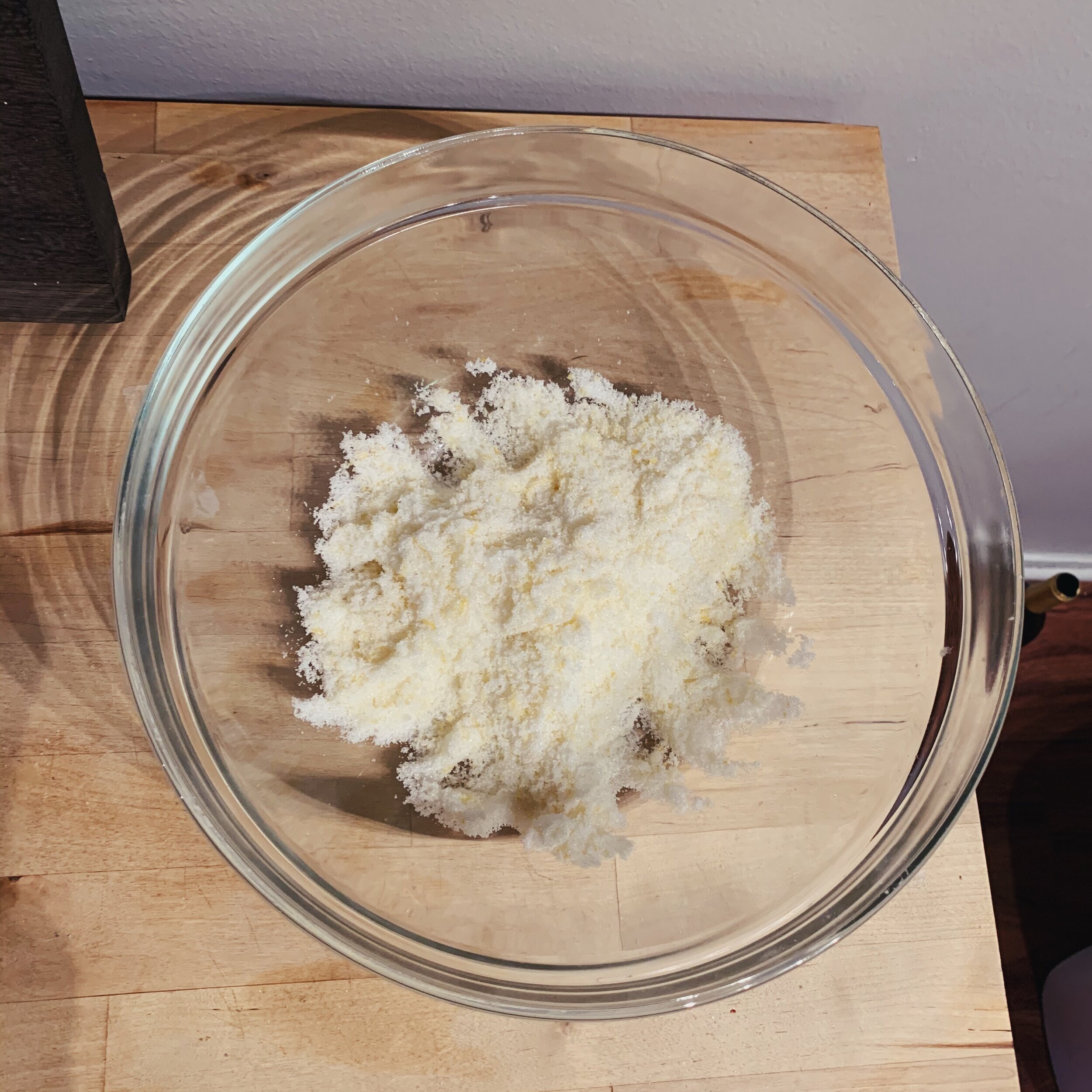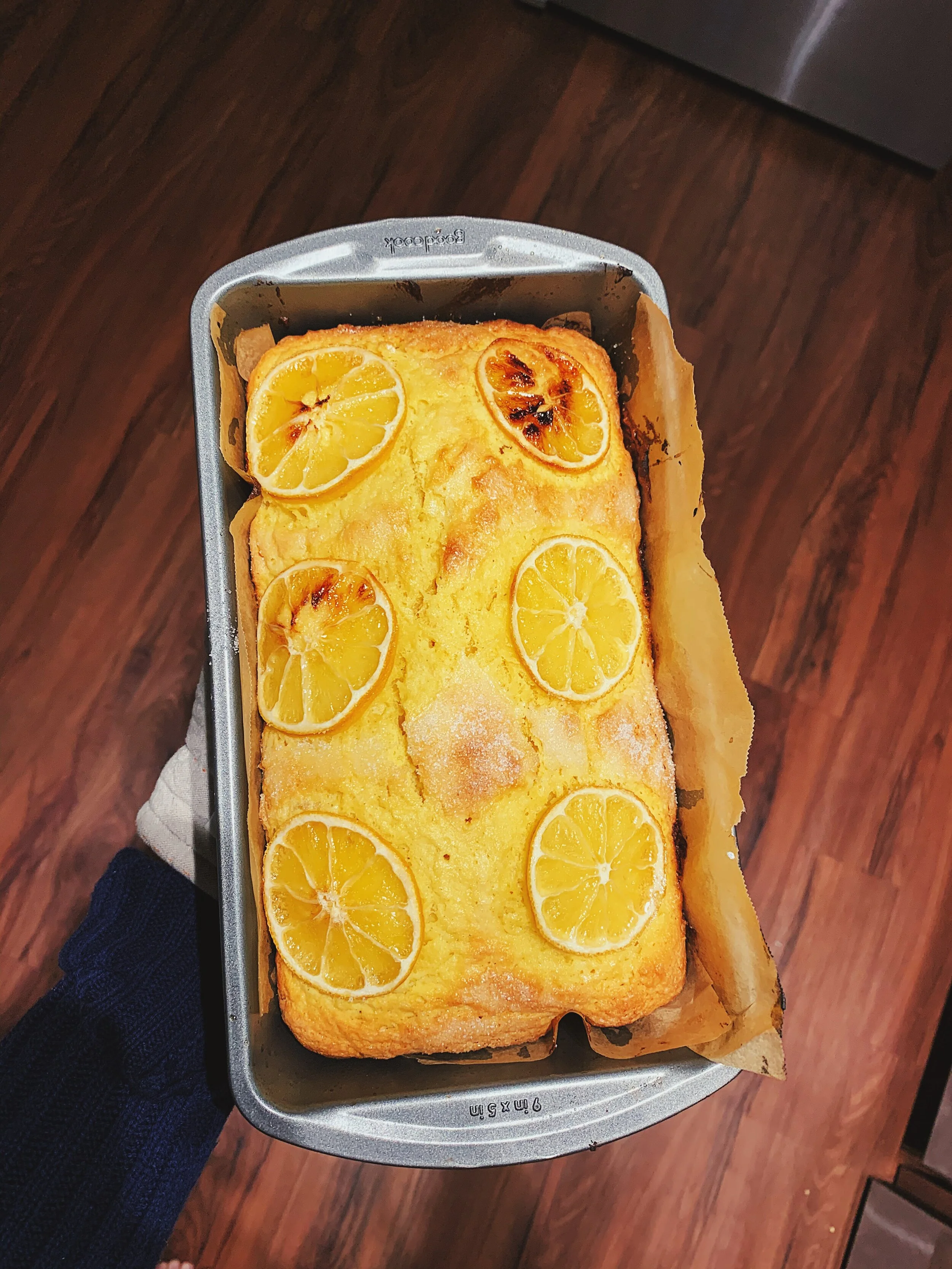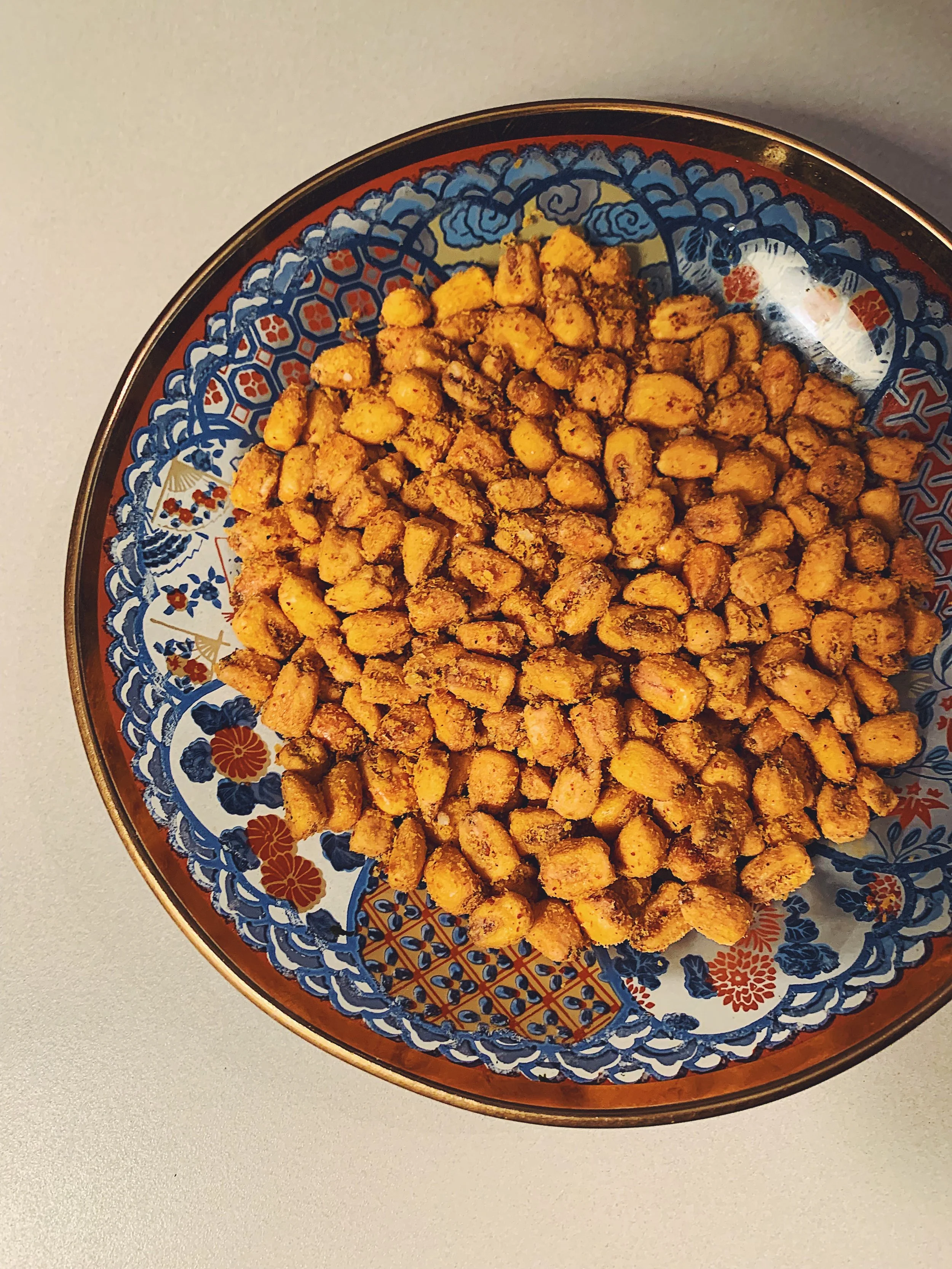I love salads. Give me a big bowl of greens with all the fixings, plenty of texture (there must be crunch!), tossed in a tangy, zippy dressing with extra on the side, and I will love you forever. Maybe not forever, but for that day at least.
To me, a great salad has a lot going on, and the various parts must all work together and complement each other. Decadence is encouraged, and so is simplicity! As long as the salad has excellent fixings, textural variance, and each part contributes well to the whole, I will love it.
With this criteria in mind, I’ll break down this excellent salad.
All the fixings: The elements, rather, are as follows: ½ head of romaine per person, ½ shallot finely chopped and marinated in white wine vinegar with salt and pepper, sour cream with salt and pepper, crispy bacon, and herbs. First, the finely chopped shallots are placed in a small bowl with the white wine vinegar to marinate and slightly soften. Then the sour cream is distributed to each plate and swirled over the bottom. Each half of romaine is then spread over the sour cream. Next, cook the bacon. I chose a pre-cooked bacon from TJ’s that just requires some microwaving. I like this kind because it’s fast, it doesn’t smell up my kitchen, it’s very crispy, and the package lasts a little while in the fridge. The bacon, left in full strip form, is tucked in between the leaves, so as to peak out at you with a hint of decadence and a wink. The shallot-vinegar mixture is spooned over the salad and topped with lots of chopped herbs (think dill, parsley, chives, etc.).
Textural variety: The milky sour cream provides a smooth counterpoint to the crunchy bacon, crisp romaine stem, and soft romaine leaves. Every bite has an equal opportunity to be both crunchy and soft.
Complementary parts: This dish has several distinct flavor elements that balance one another perfectly: creaminess of the sour cream, salty/fatty pork flavors of the bacon, tangy/acidic bite of the shallots and vinegar, and the earthy depth of the herbs.
I didn’t like my first Alison Roman salad, but this one turned things around. This one is also what Alison calls a “knife-and-fork salad”. Yes, exactly, you need to eat it with a knife and fork. Which personally I find to be a fun activity. I like cutting up my own lettuce and bacon and distributing each ingredient to form the perfect bite. Some might call this “playing with my food.” I call it “craft time.”
I’ve now eaten this salad many times. I love that I don’t need to chop the romaine or toss it before serving. The assembly is so simple, especially if you follow my bacon recommendation, and it’s full of pleasing flavors. I’ve made this for lunch, for guests, for a casual date night dinner, and for a midday snack. And I’ve gotten flexible with the ingredients. A couple of sliced cherry tomatoes. Shaved carrot. A different dressing. As long as the same elements of something salty/fatty, something creamy, and something tangy/acidic are at play, it’s bound to be a great salad.
47 recipes cooked, 178 to go.





